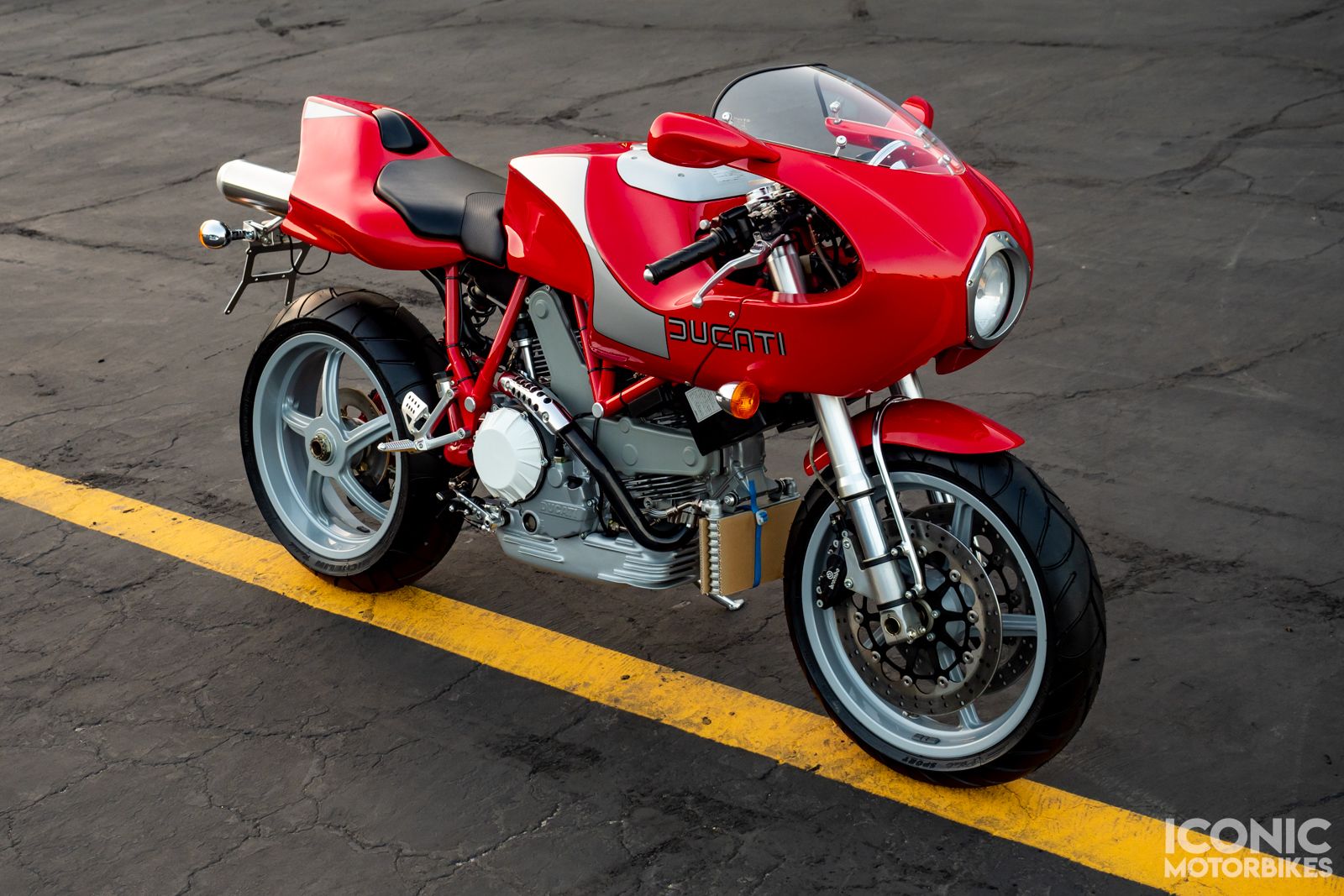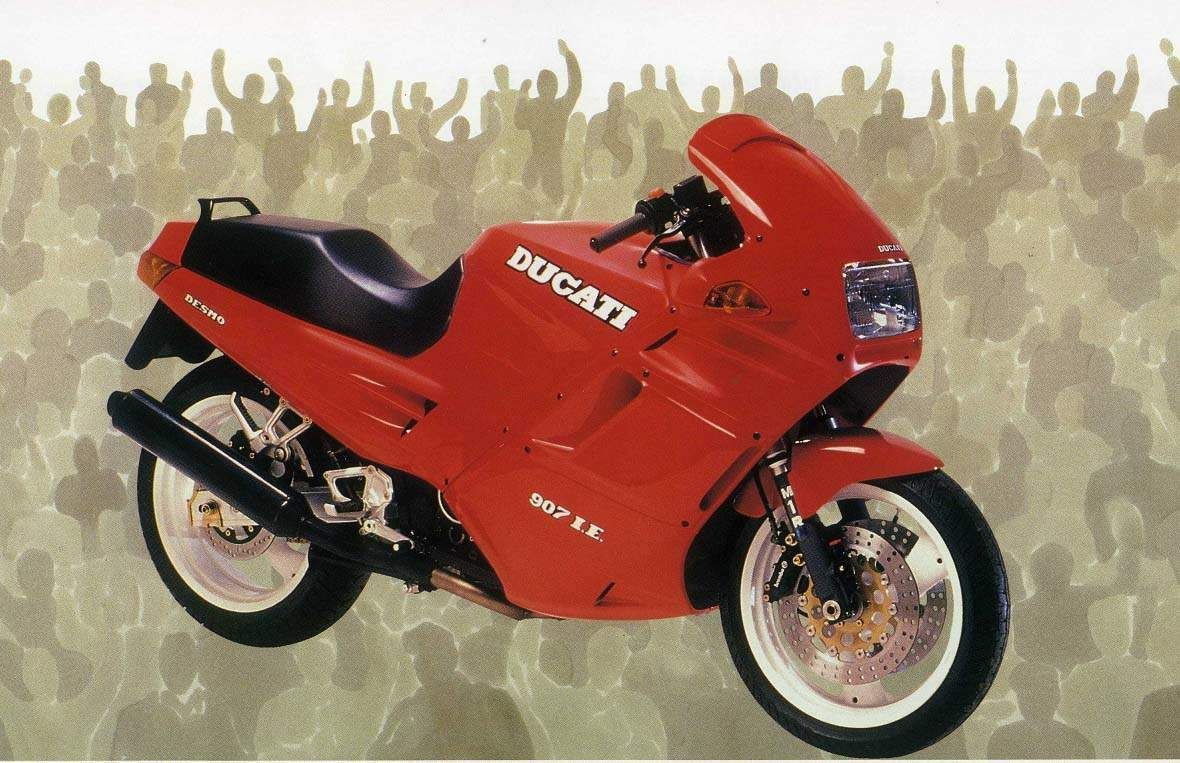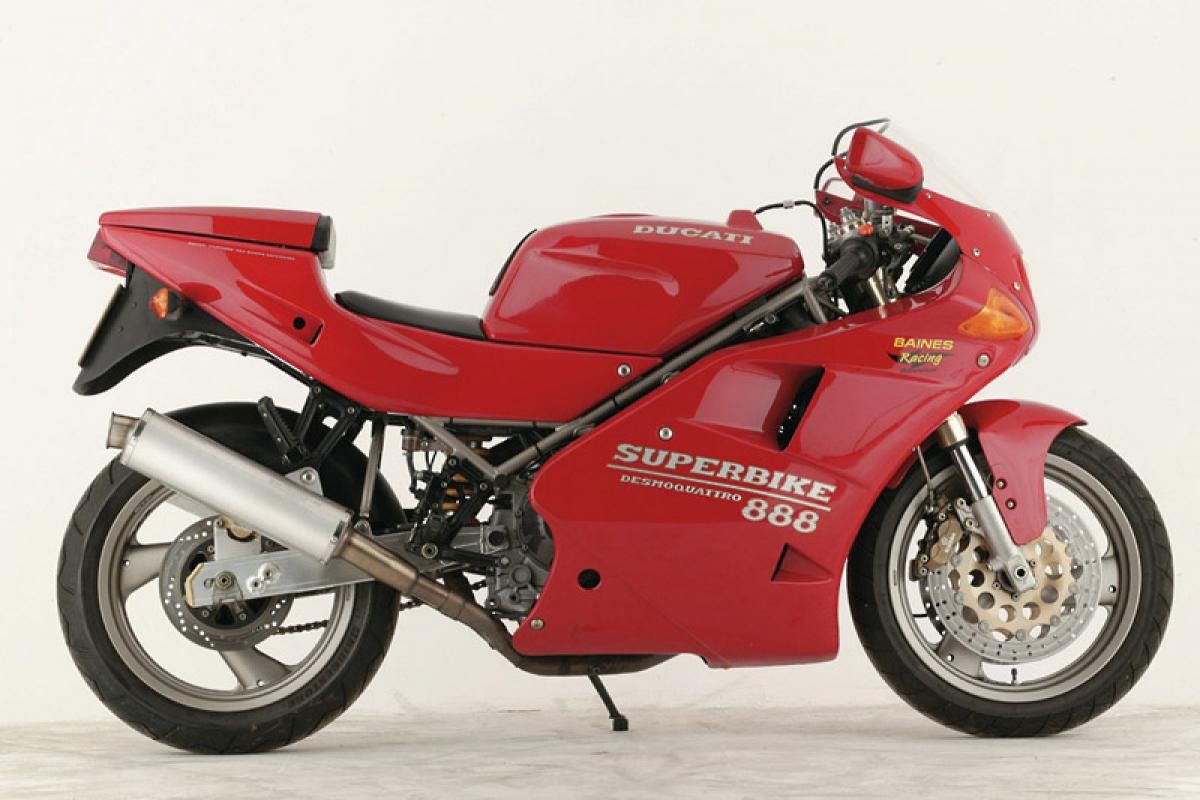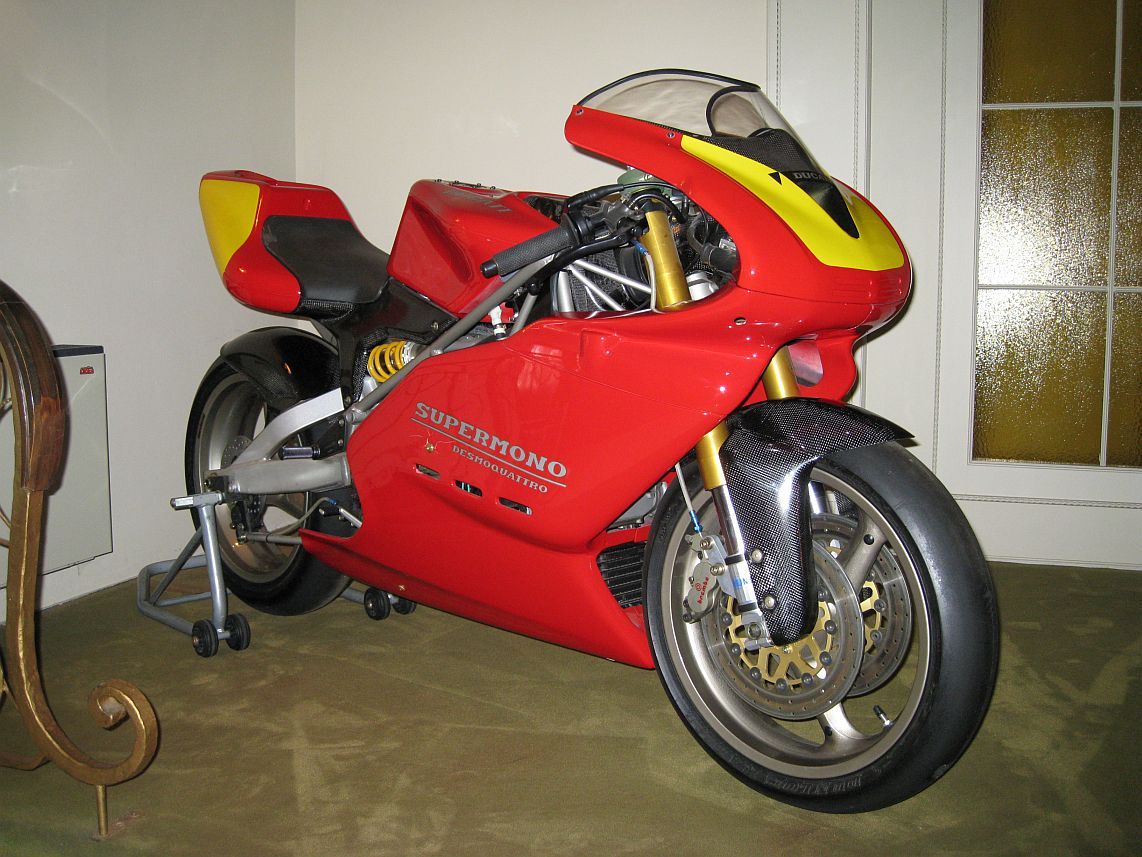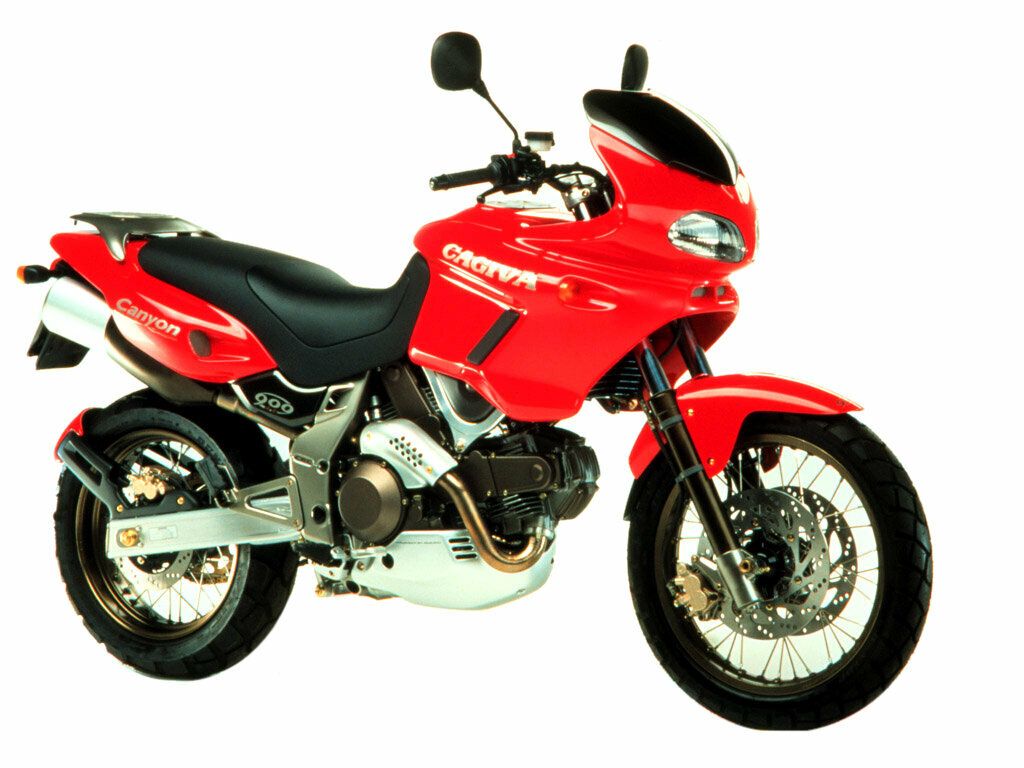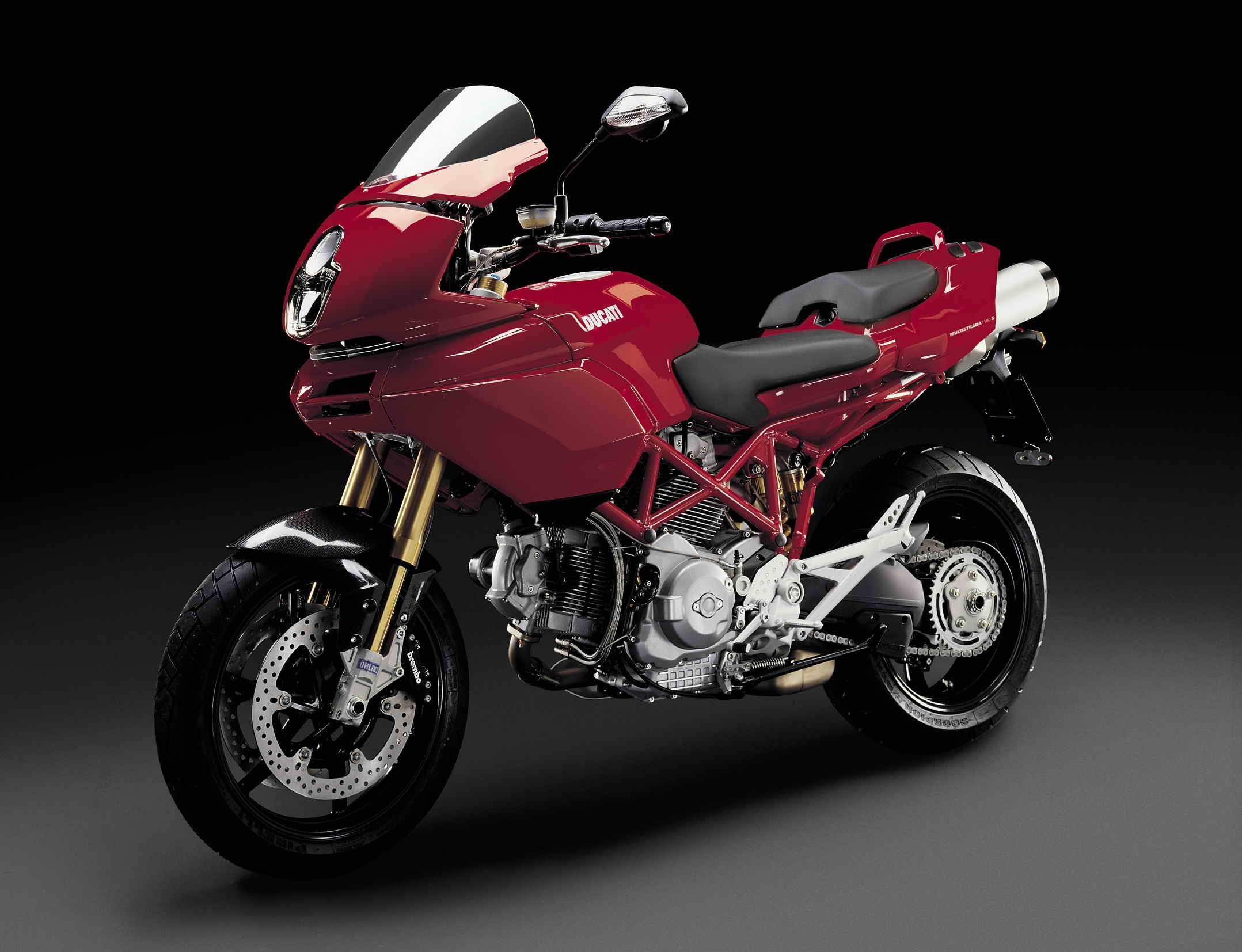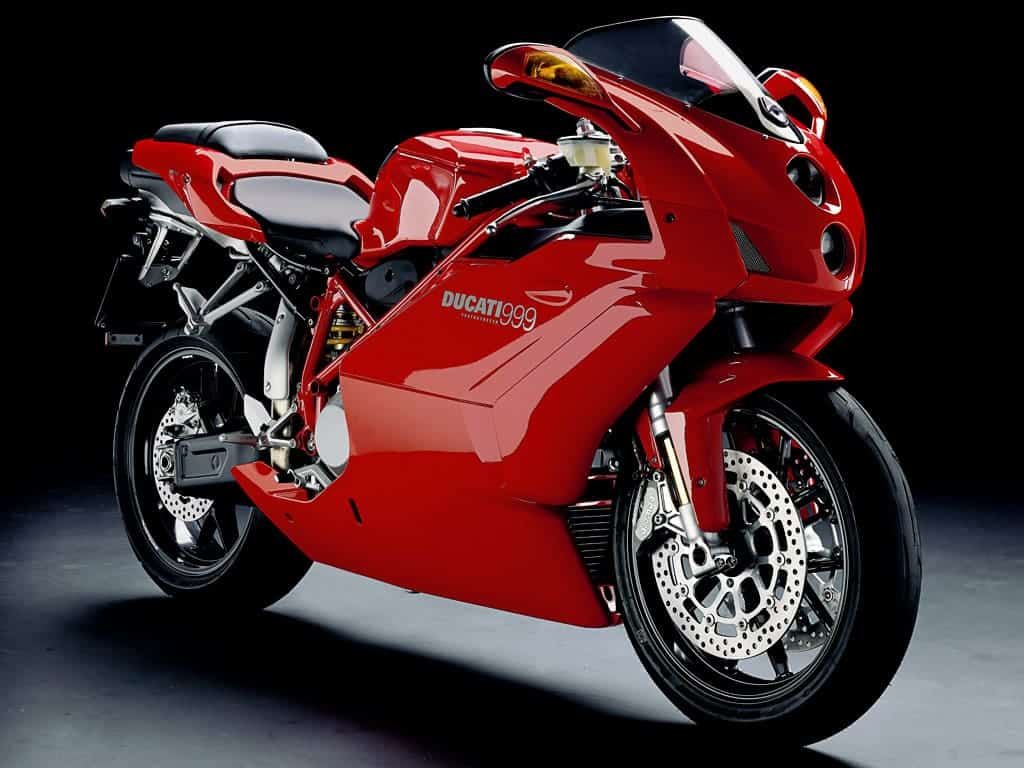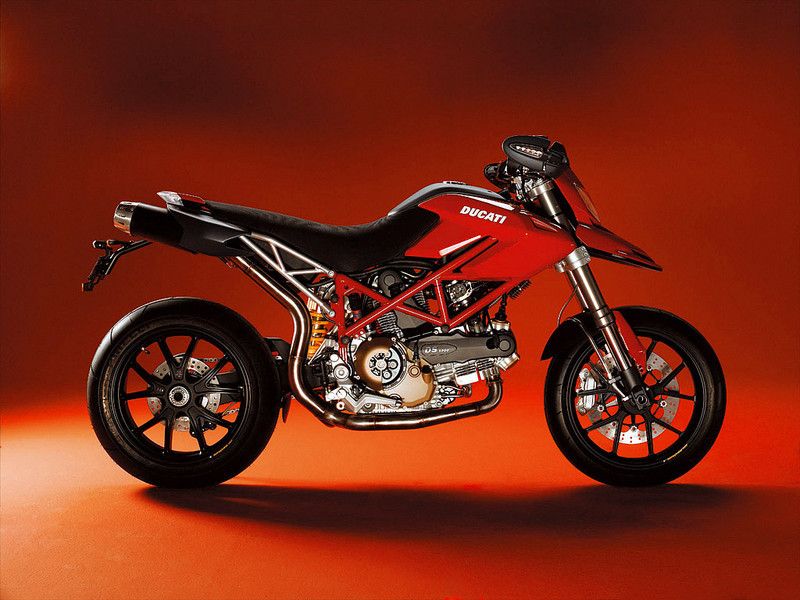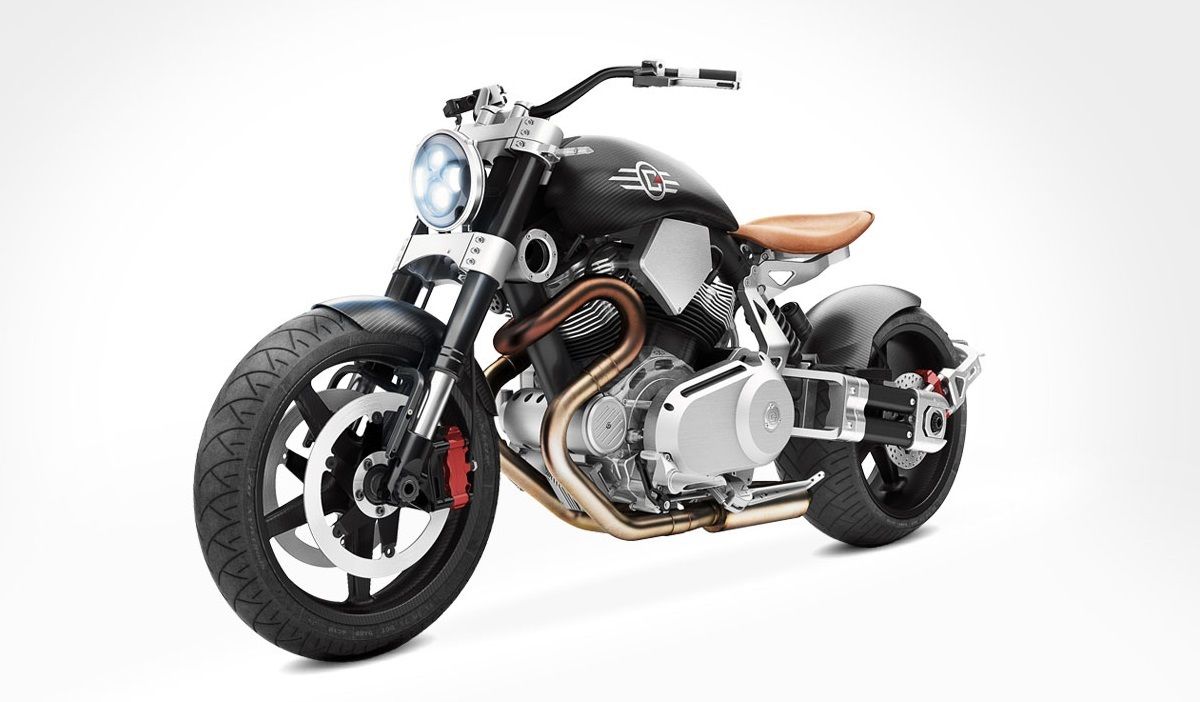Growing up in South Africa, Pierre Terblanche was fascinated by motorcycle engineering and styling from an early age, particularly those produced by Ducati. A spell at Volkswagen was good grounding, but then he made the dream move to Ducati, just in time to re-style the 907 Paso and work on the 888 from start to finish.
At the time, Ducati was owned by Cagiva, so he designed the Cagiva Canyon, as well as the 900SS and 999 Ducatis, the latter of which was the successor to the famed 916/996/998 models. He has also worked for Piaggio, Royal Enfield, Norton, and Confederate in a hugely varied career. Some of his designs have been controversial, some utterly beautiful, but all designed with strict principles in place, often contrary to what the manufacturers wanted to build. Here is our pick of the ten best Terblanche designs.
10 1991 Ducati 907 Paso: Terblanche's First Work At Ducati
Not strictly a Terblanche design but as the re-style of the model was the first project he worked on when he joined Cagiva/Ducati, it’s significant. The Paso was a radical design for the bologna company, having fully-enclosing bodywork that was radical for its time, although Honda had tried something similar with the 1987 CBR1000F.
Ducati and Cagiva had hopes that the new machine would redefine sports touring motorcycling and complement their sport bike line, especially in the American market. Early models suffered from unreliability, especially of the electrical and fuel systems. The 1991 907 model featured a re-styled fairing and front end by Terblanche, along with electronic fuel injection that improved the rideability of the bike massively. It wasn’t enough to save the reputation, however, and production stopped in 1992.
9 1991 Ducati 888: A Three-Week Redesign Of The Ducati 851
While fellow Ducati designer Massimo Tamburini was working on the famed Ducati 916, Ducati needed an interim model to sell, so Terblanche was tasked with restyling the 851 in only three weeks! The 851 was an important model for Ducati, the 888 featured liquid cooling, computerized fuel injection, and four-valve cylinder heads.
The valves were opened and closed by desmodromic action - a method in which the valves are both opened and closed by cams, requiring no valve springs. The 888 was significant also for taking Doug Polen to the first two World Superbike championship titles in 1991 and 1992. This model paved the way for the immortal 916.
8 1993 Ducati Supermono: Terblanche's Dream Assignment
A lightweight, compact racing bike that was designed to compete in the Supermono racing class which was very popular in Europe at the time. It was a dream assignment for Terblanche: “It was a clean sheet job; they gave me a chassis and said; ‘off you go!’ We completed it in three months, all by hand!” Power-to-weight was the watchword: bodywork, subframe, fuel tank, foot pegs, airbox and instrument housing were made from carbon fiber and magnesium was used for wheels, engine covers, and triple clamps. The engine was a Ducati V-twin with the upright rear cylinder lopped off and only the horizontal front cylinder being used. The crankshaft still had the second connecting rod attached for balance purposes. Both the technical side and the styling side were to influence the 916.
7 1998 Cagiva Gran Canyon: How The Ducati Multistrada Came To Be
Terblanche was employed by Cagiva, who owned Ducati, so it’s not surprising that some of his early designs were under the Cagiva banner. The Gran Canyon is important because much of what Terblanche did styling-wise on this model informed what he would later do on the Ducati Multistrada. The Gran Canyon was a replacement for the previous Cagiva Elefant, and had, like the Elefant, a Ducati V-Twin engine.
Another important factor was that, despite the ‘adventure’ styling, the Gran Canyon was less geared towards all-terrain riding and followed the contemporary fashion phenomenon where such designs were moving towards more road use. One interesting feature is the twin filler caps on the gas tank. That is because there are two half-tanks. This arrangement makes it possible to continue to have gasoline if, during a fall, one side of the tank is pierced and was developed for the Elefant, which was raced in the Paris-Dakar rally.
6 2003 Ducati Multistrada: The Birth Of A Legend
The start of something big for Ducati, the first Multistrada, it has to be said, has slightly odd styling, especially around the front end, headlight, and screen treatment. While the majority of the fairing was fixed in place, the screen was mounted to the forks/handlebars and turned with them.
The Multistrada was an evolution of the Cagiva Gran Canyon and was a hybrid of a supermoto and a sport touring bike, it competed with the likes of the BMW GS and KTM Adventure series, even though it had no pretense of having any off-road ability. Later models increased the off-road ability, but in essence, the Multistrada (Italian for ‘many roads) is a sport touring bike with tall adventure bike styling.
5 2003 Ducati 999: Hated But Loved At the Same Time
How do you follow a bike as iconic and successful as the Ducati 916 and its developments, the 996 and 998? Not easy, but the task was thrown into Terblanche’s lap, and the result was controversial, to say the least, even if it continued the World Superbike success of the 916/996/998 and was acknowledged to be a brilliant sports bike.
Terblanche said of the model: “I still have haters who blame me for that bike! The headlights come in for particular criticism but what most people don’t realize is that, in the US, there were laws that said you could only have headlamps along a vertical axis; MV had them, so did Aprilia, until the Japanese came along and lobbied the Americans to make them horizontal again. In the meantime, the 999 was meant to have a single light, with one bulb handling dipped and main beam, and we could have found the right unit but the Italians, for whatever reason, couldn’t be bothered, so we ended up with two lights stacked on top of each other.”
4 2005 Ducati Hypermotard: Something Different
A distinctive model that remained remarkably the same from prototype to production model. Terblanche again: “I had a budget to do whatever I wanted, and I didn’t have to talk to anyone in the company about it, and we did the Hypermotard in three or four months. Nobody saw it until it was finished. When we showed it to [Claudio] Domenicali, boss of Ducati, he asked me, ‘why isn’t it water-cooled?’ Now, I knew him quite well, and I had hidden a radiator behind the curtain. So, I pulled it out and said to him, ‘well, find me a space to put it, then I’ll explain to you why its not there!’ Not good politics, maybe, but it proved a point. The whole idea was that the bike was small and neat; a radiator would have completely spoiled that.” Subsequent models were liquid-cooled and lost much of the rawness of the original.
3 2001 Ducati MH900e: Paying Homage To A Legend
While designing the 999, Terblanche was asked to create a show bike, and typically, he had only three months to do it. The design was a homage to the Ducati MHR900 Mike Hailwood replica, one of Terblanche’s favorite bikes. It used the same air-cooled 904cc engine as found in the original Hypermotard and Terblanche would work on the 999 during the day, the MH900e in the evening, and then at weekends, fly to England to visit a company he had found who could machine clay into any shape. It would be that clay that would eventually get formed into the MH900e. Ducati only built 2000 of them, and when the order books opened on the Ducati website, the first 1000 sold out in 31 minutes. Utterly unique and beautiful: perhaps his best work.
2 2015 Confederate X132 Hellcat Speedster: His First Cruiser
Surely a marriage made in heaven: Terblanche, a radical designer with very strongly held beliefs about motorcycle design and Confederate (now Curtiss), a manufacturer that followed no accepted motorcycle design trends. The Hellcat Speedster differed from other Confederate designs in having a conventional gas tank perched on top of the engine and chassis. It really looked like nothing else out there and cost like nothing else out there, also: $65,000! Maybe not beautiful in the same way as the Supermono or the MH900e, but probably closer to Terblanche’s idea of the perfect motorcycle.
1 2018 Royal Enfield Himalayan: Simple And Effective
Terblanche’s time at Royal Enfield might have been short - only 20 months - but it certainly was a time of intense work. Up to that point, Royal Enfield had produced solely road motorcycles - the ancient single-cylinder Bullet, and the twin-cylinder Interceptor - but the Himalayan was a full-on adventure model.
Powered by a 411cc single-cylinder air-cooled engine, the styling was typical Terblanche: distinctive, practical and rugged, designed for the intended job without extraneous detail or weight. Originally designed for the Indian market, it has found great success in other markets subsequently, with the adoption of fuel injection enabling it to comply with emissions regulations and a simplicity and lightness that is such a contrast to the gargantuan adventure models that are so popular.

